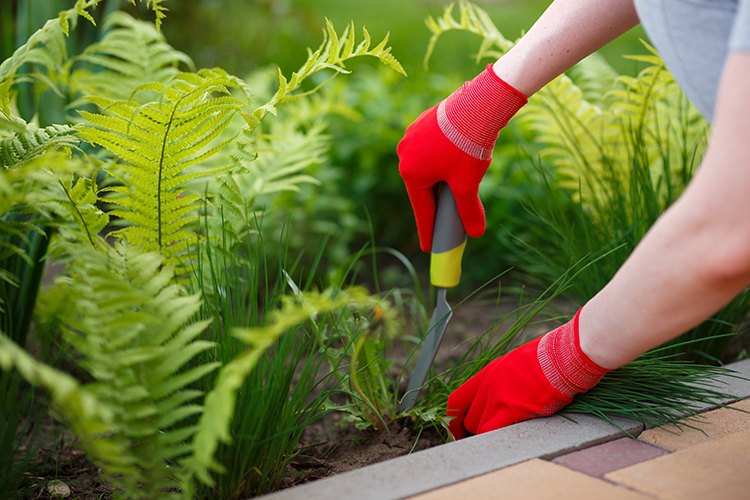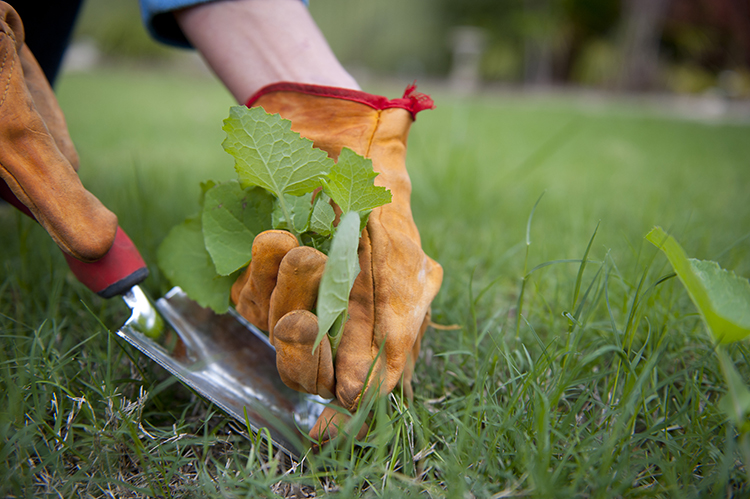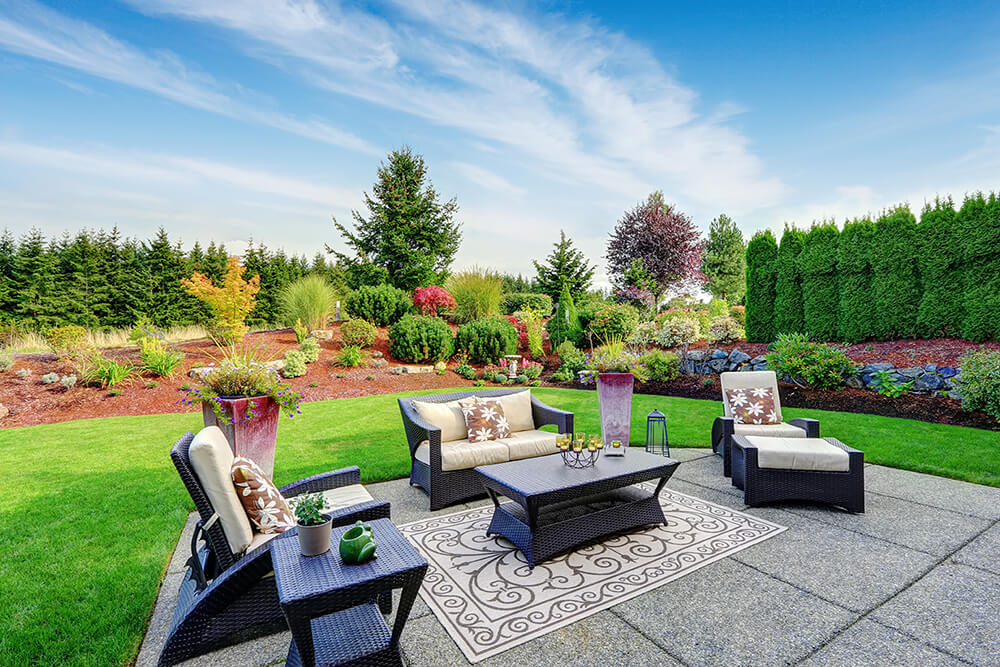
Add Privacy with Landscaping
Often, when homeowners want to add privacy to their yards, they think of walls and fences made from stone and/or wood. And sometimes solid structures like these are needed if the goal is to keep people and animals in or out.
However, if you simply want to break up visual sightlines, add privacy with landscaping including plants, shrubs, and trees. And if you’re looking for inspiration, here are some of our favourites that we incorporate into landscaping projects when clients desire increased privacy from neighbours.
Evergreen Options
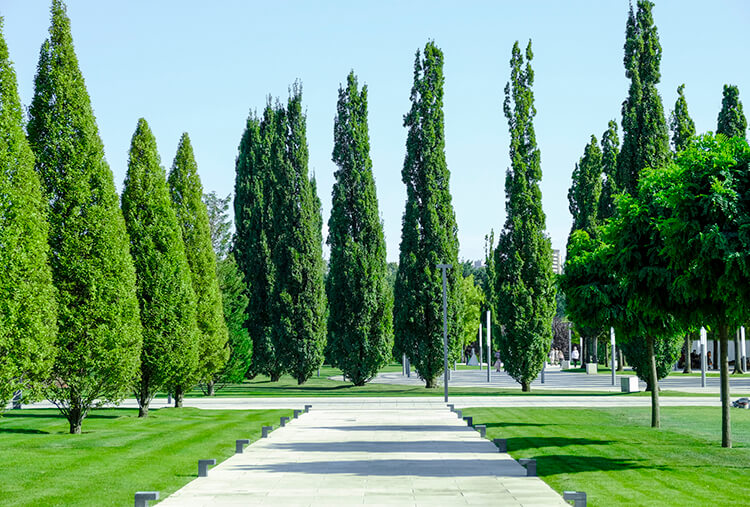 Emerald Cedar
Emerald Cedar
Although, slower growing than other cedars, the Emerald Cedar is a vibrant green, dense, cone-shaped evergreen that grows quite tall (4 metres) and can survive (preferably in full sun) for 30+ years.
Black Cedar
Although cone-shaped like the Emerald variety, the darker-coloured Black Cedar has a wider base, making it an excellent choice for windbreaks and perimeter hedges. They are a faster-growing shrub and can survive for 50+ years topping out at approximately 5 metres in height.
Yew (Taxus canadensis)
The Canadian Yew, the most prevalent of yews in Southwestern Ontario, is a vibrant green with dense limbs of soft, flat needles. While it does grow quite wide (up to 7 feet) it maxes out at only 4 feet in height, making it a candidate for low hedges and topiaries. Bright red berries mature in late summer to early fall, providing visual contrast against green foliage.
Spruce
While Black, White, and Red Spruces are indigenous, the Norway and Colorado/Blue varieties also thrive in Southwestern Ontario (hardiness zone 5). Generally speaking, Spruce trees are quite hardy with dense foliage, and reaching heights of 20-25 metres. This option is better planted away from buildings and other structures, with plenty of room between each, if planting in a row/group.
Upright Juniper
Low-maintenance and hardy, upright Juniper varieties like the Wichita blue and Ontario green juniper mature quickly with dense foliage that makes them a great alternative to fences and privacy walls. Junipers can be planted fairly close together as they are narrow, but grow to approximately 15 feet tall.
Deciduous Options
American Hornbeam
This hardwood can reach 15 metres tall and provides ample privacy with its densely packed leaves, which turn a brilliant red in the fall.
English Oak
The English Oak can grow to 60 feet tall and just as wide, though many varieties start out in a more cone-shaped habit before spreading out. These trees can live well beyond 100 years. There’s also a narrower variety more suited to tight spaces.
Privet
The fast-growing Privet makes a great privacy hedge with its dense, glossy, oval-shaped leaves. It flowers in the early summer, and yields non-edible fruit after flowering concludes.
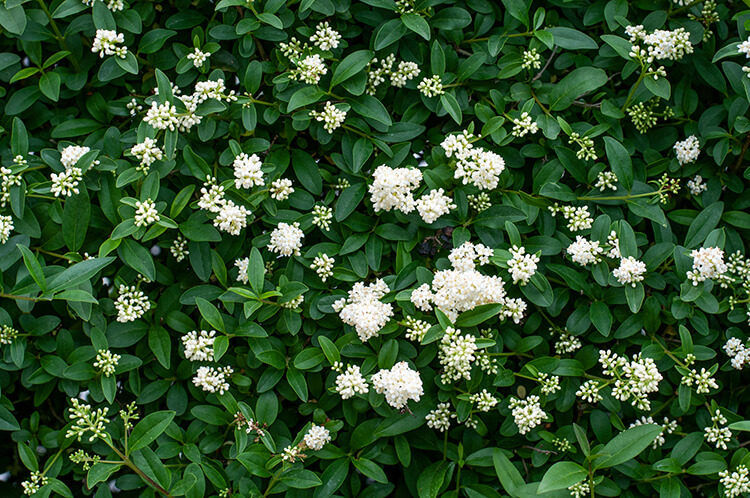 Ninebark
Ninebark
A popular hedge choice in landscaping, the Common Ninebark’s leaves are a yellowish-green and grow in dense arrangements with seasonal flowers clusters. It is a fast-growing shrub, reaching up to 10 feet high and 8 feet wide.
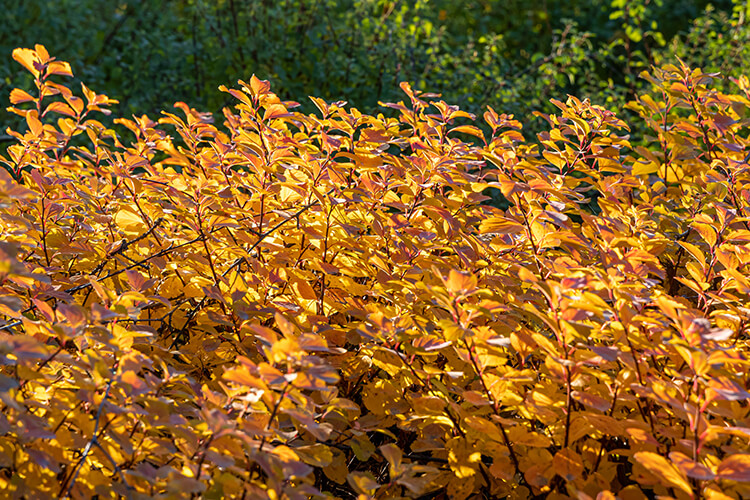 Large Ornamental Grasses
Large Ornamental Grasses
Ornamental grasses that thrive in Southwestern Ontario come in a wide range of shapes, colours, and sizes. Feather Reed Grass and Fountain Grass both grow to about 3 feet tall and make good low privacy screens. But if you’re looking for complete privacy, tall varieties like those of the Miscanthus genus are your best bet. They work great in conjunction with fence panels, planted in a standalone cluster, or lining the perimeter of a deck or patio. A word of warning though, Miscanthus can become invasive, if not managed with regular splitting and cutting back to the ground.
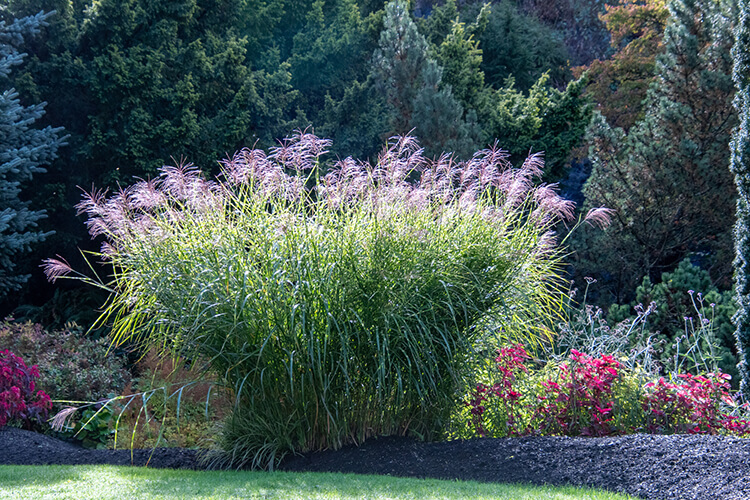
Although these suggestions can help you get started, you might benefit from expert advice and installation, ensuring that the right varieties of trees to add privacy with landscaping are chosen. Contact us any time for assistance with enhancing the privacy of your yard.



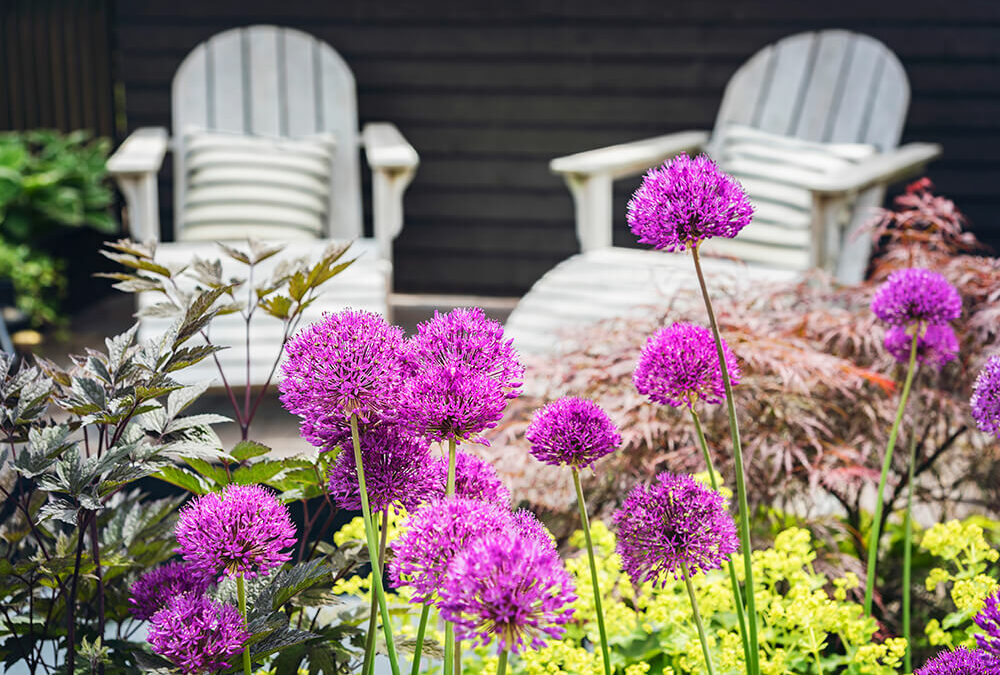

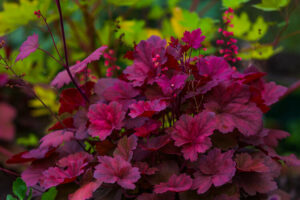
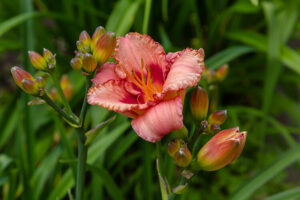




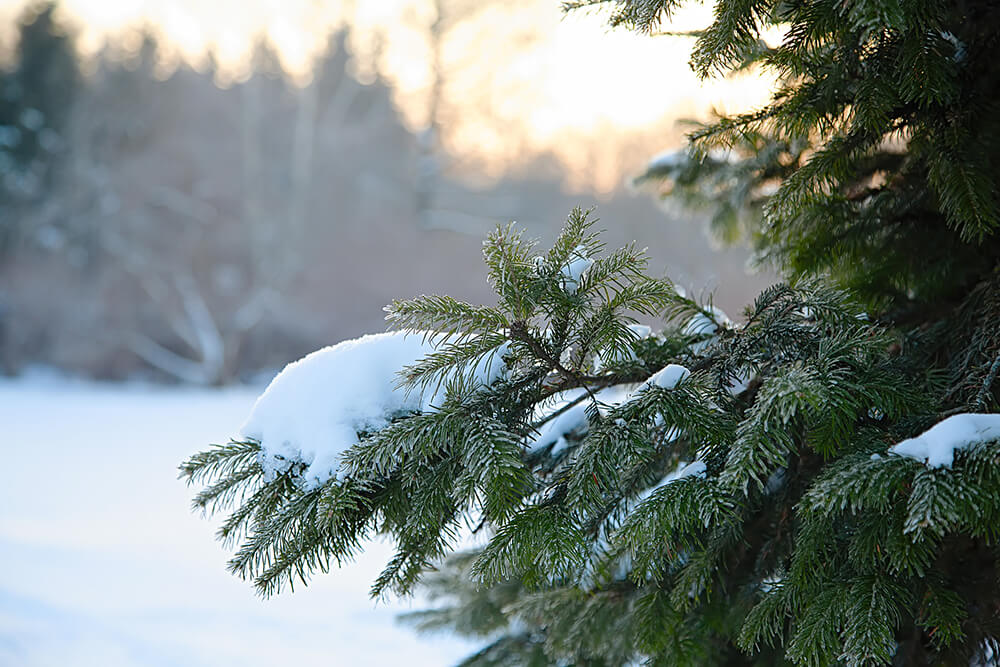
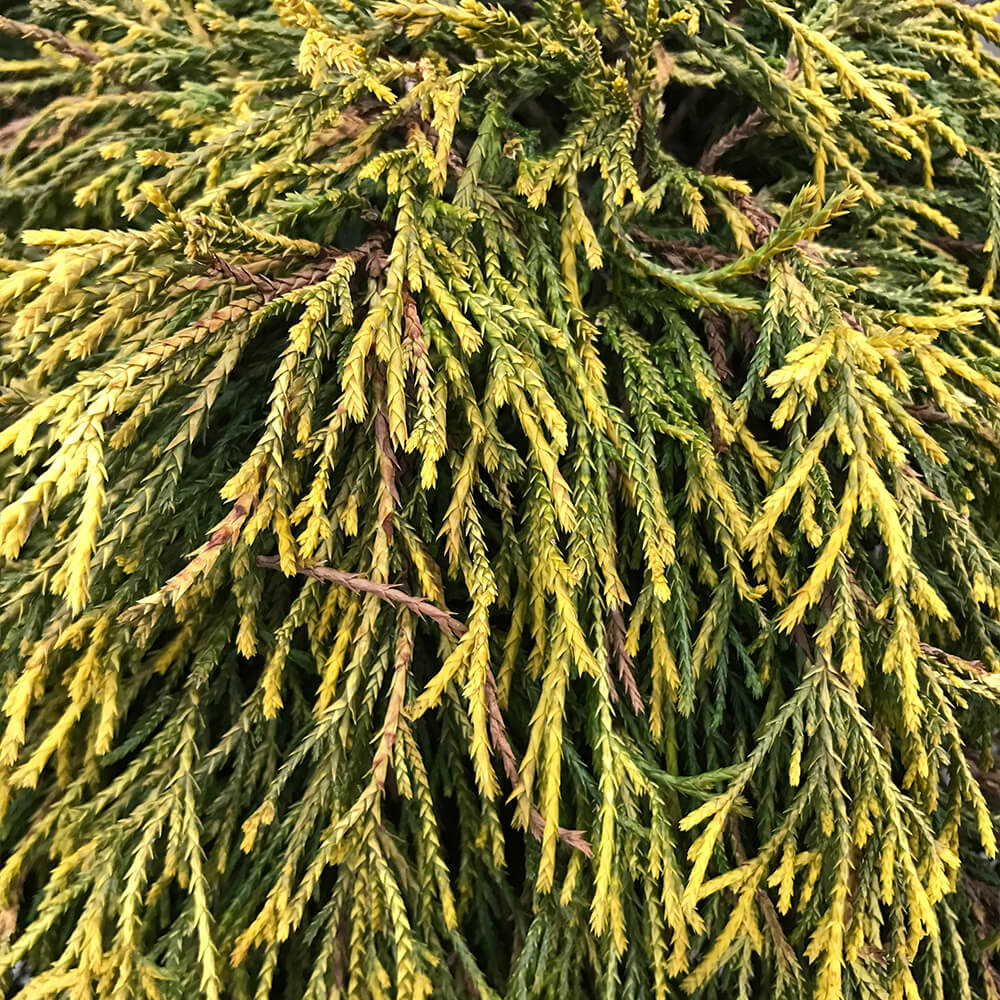

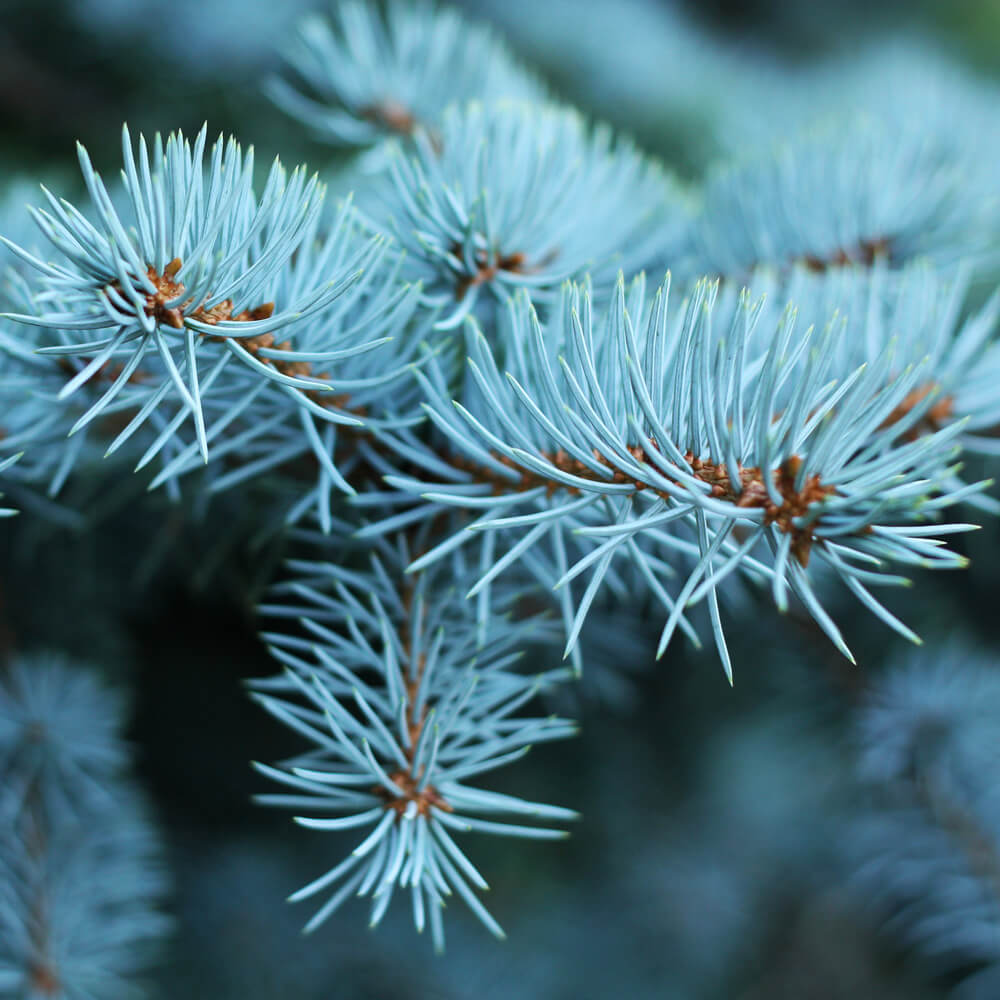
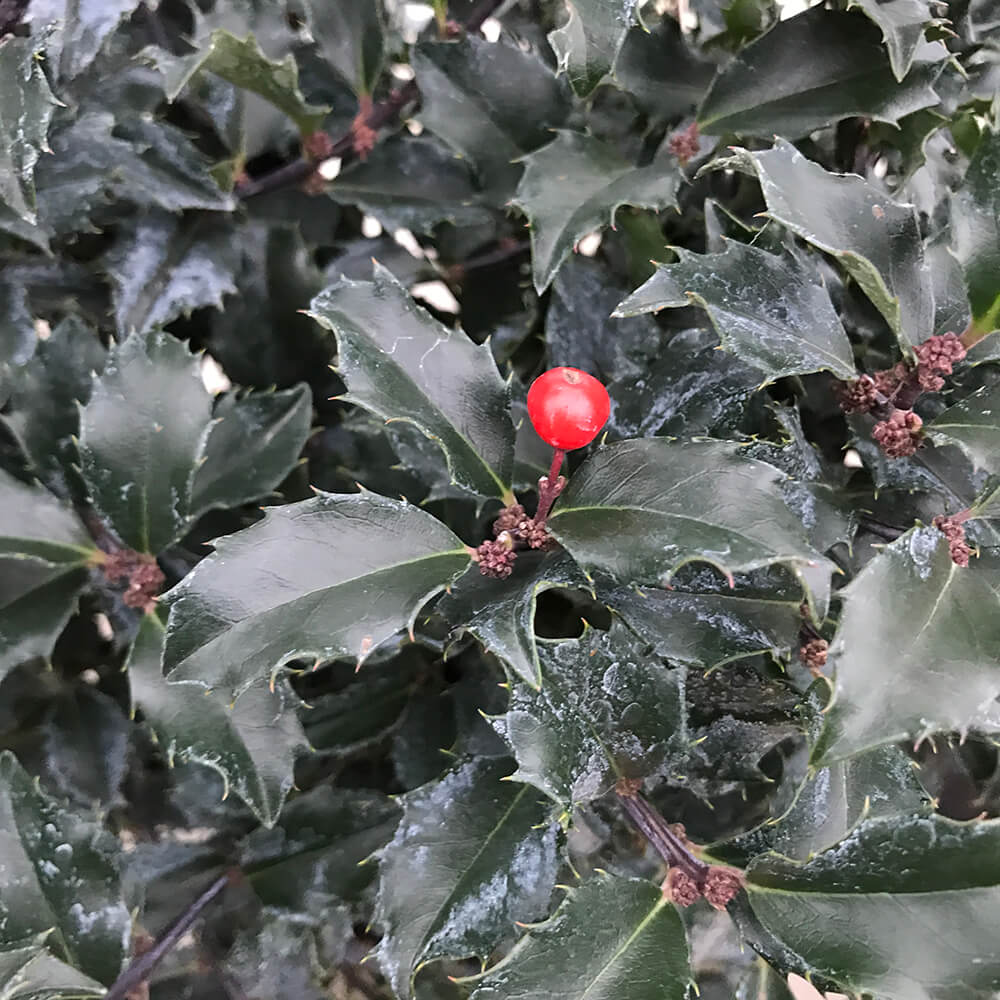
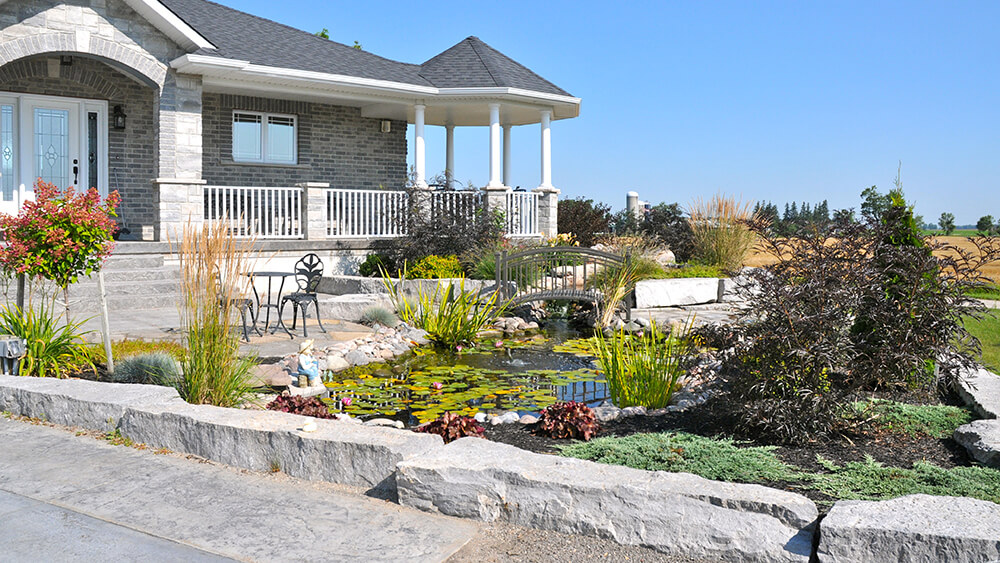
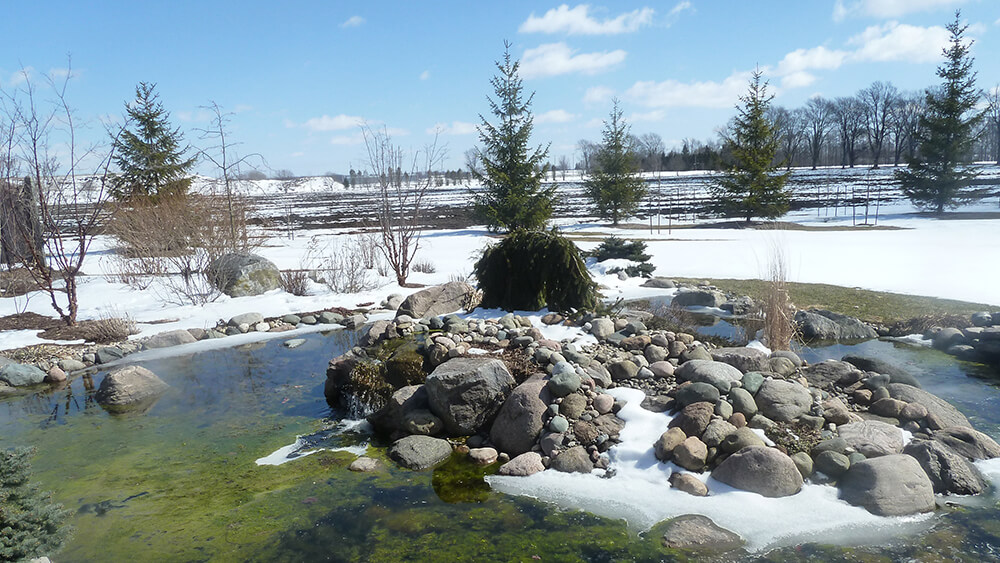
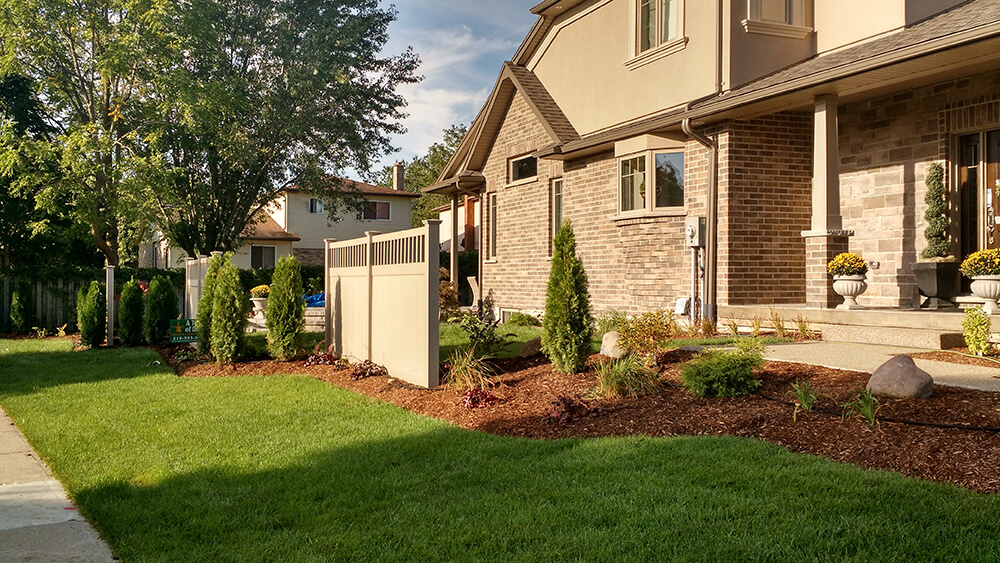
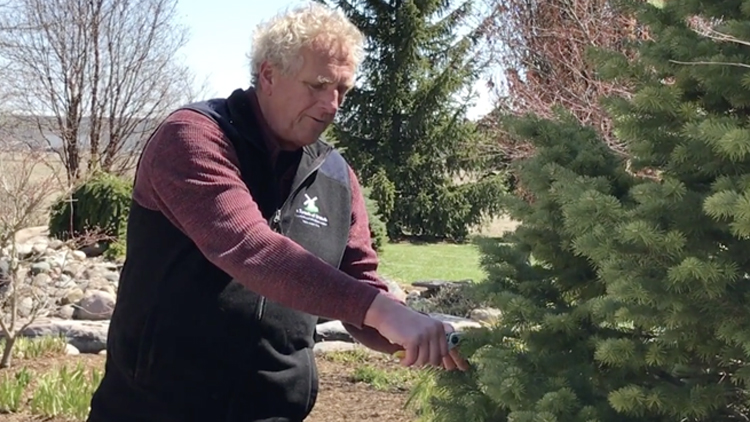
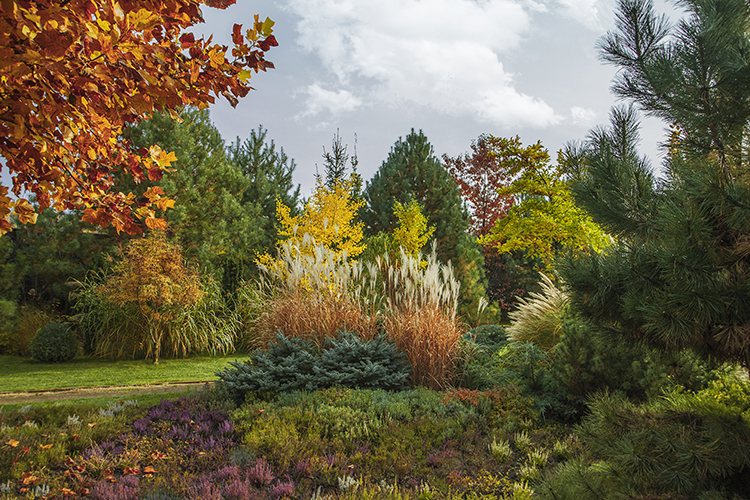
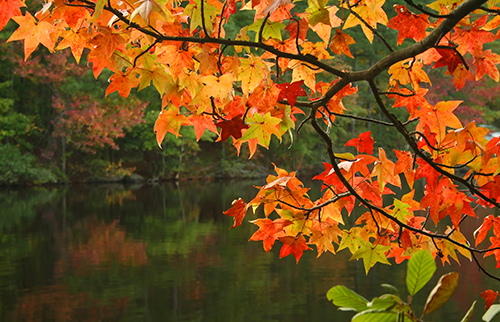 While the trees, plants, and shrubs throughout Southwestern Ontario offer up a lot of colour, many homeowners want colour in their own yards, as well. There are some quick fixes for this – displaying pumpkins, potted mums, and faux leaves and floral décor, for example. However, adding perennial colour to your fall garden takes a bit more forethought.
While the trees, plants, and shrubs throughout Southwestern Ontario offer up a lot of colour, many homeowners want colour in their own yards, as well. There are some quick fixes for this – displaying pumpkins, potted mums, and faux leaves and floral décor, for example. However, adding perennial colour to your fall garden takes a bit more forethought.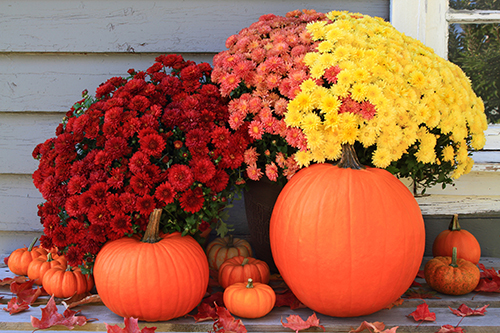 Plant retailers and nurseries might be among your best resources for determining what’s at its colourful peak right now. They tend to sell what’s in season, when it’s in season. And the warm, sunny days, cool nights, and more regular precipitation of early fall can be the perfect time to plant, offering ideal conditions for new plants, trees, and shrubs to take root before the first frost.
Plant retailers and nurseries might be among your best resources for determining what’s at its colourful peak right now. They tend to sell what’s in season, when it’s in season. And the warm, sunny days, cool nights, and more regular precipitation of early fall can be the perfect time to plant, offering ideal conditions for new plants, trees, and shrubs to take root before the first frost. Once plants are in the ground, most of the initial growth is going to take place below the soil, which is good. So, don’t be disappointed if you see much going on above ground. Your patience will be rewarded with healthy, showy plants next year. To help things along and protect vulnerable young root systems, add a thick layer (4 inches) of mulch around plants. Mulch will add much needed insulation to keep heat in and cold out.
Once plants are in the ground, most of the initial growth is going to take place below the soil, which is good. So, don’t be disappointed if you see much going on above ground. Your patience will be rewarded with healthy, showy plants next year. To help things along and protect vulnerable young root systems, add a thick layer (4 inches) of mulch around plants. Mulch will add much needed insulation to keep heat in and cold out.